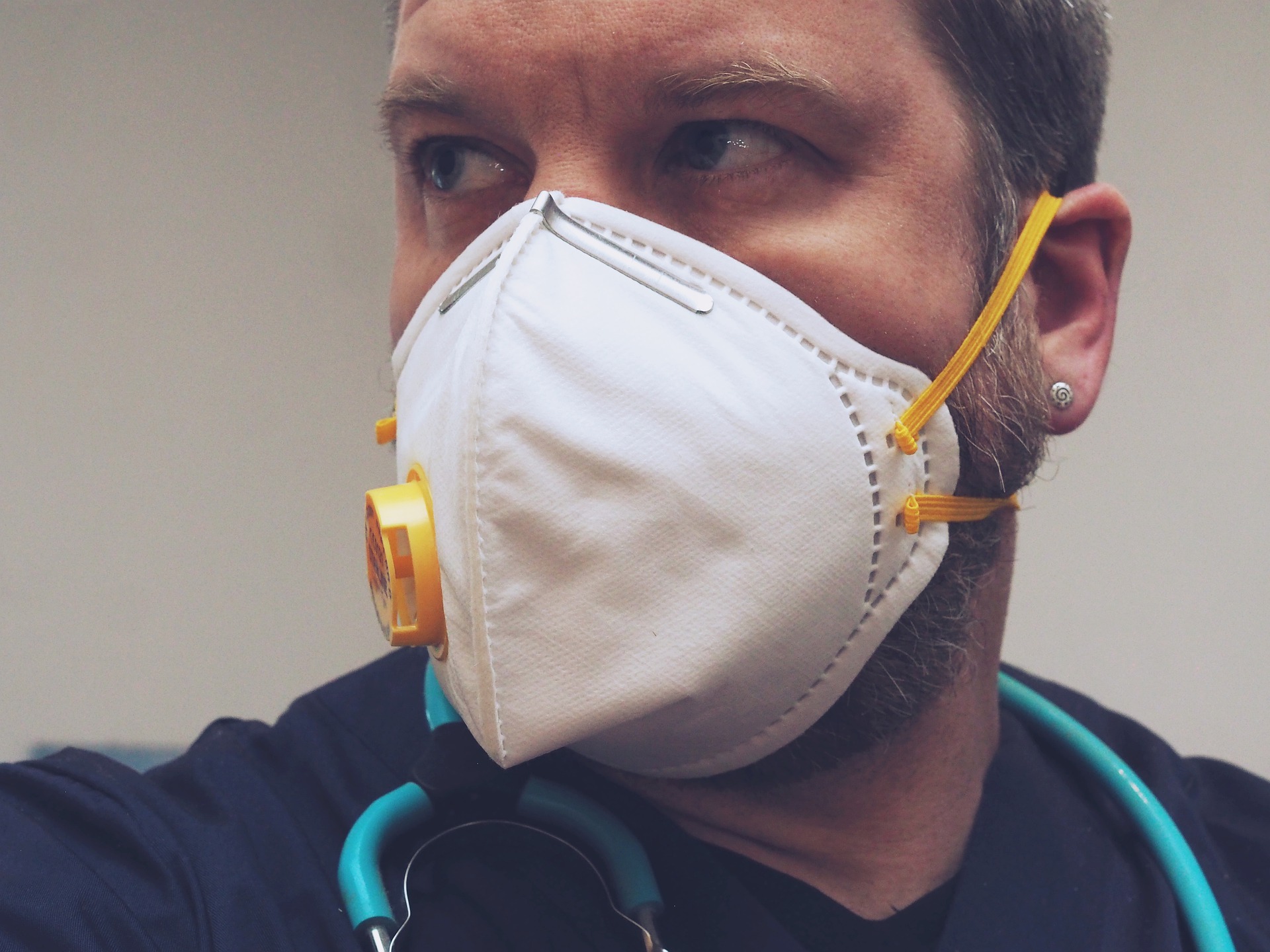COVID-19, two years and 458 million cases later
Abstract
By the time issue 108 of ASEI is in the hands of readers, more than two years will have passed since the beginning of the COVID-19 pandemic. In that period, 458 million cases and more than 6 million deaths were recorded worldwide. This figure is far below the number of deaths caused, for example, by the flu epidemic of 1918 (50 million) or even AIDS (40 million), not to mention diseases of previous centuries, such as the bubonic plague in 1710, with 164 million deaths. However, a recently published study comparing deaths from any cause between 2020 and 2021 with those of the previous 11 years estimated that the number of deaths linked to COVID-19 reached 18.2 million, whether directly or indirectly caused by SARS-CoV-2. This COVID-19-associated excess mortality indicates that its impact was much higher than published official figures, when considering deaths potentially related to underdiagnosis due to insufficient testing, or reduced access to health care for other diseases as a result of the pandemic itself (1).
The pandemic also had a strong impact on the global economy. Data from the "World Economic Outlook" report (2) indicate that in Latin America and the Caribbean, GDP growth is expected to be 2.2% in 2022, a far cry from the 6.5% achieved in 2021. A "difficult outlook" is forecast for the next two years, with a less favorable international context as growth in the region's main trading partners slows and global financial conditions tighten. The report predicts that for at least the next two years employment levels will remain well below pre-pandemic levels. Labor force participation remains at historically low levels, as many of those who lost their jobs or left the labor market during the epidemic have not yet rejoined. In this context of weak job recovery, the number of people living in extreme poverty is expected to remain well above pre-pandemic levels, and poverty is expected to increase further in the most vulnerable economies. Moreover, full recovery of GDP per capita over the next few years will remain difficult for many developing countries. These persistent output gaps will exacerbate poverty and inequality and slow progress in achieving sustainable development and combating climate change.
Beyond these overwhelming numbers, each one of us could feel that there was no corner of our daily lives that had not been affected by this hurricane unleashed in the world by SARS-CoV-2: work, study, breaks, vacations, outings... Nothing was the same as we knew it. Of course, many were infected, and/or suffered the infection through their loved ones. And of course, many had to mourn irreparable losses.
However, in recent months, the situation seems to have changed. New variants of SARS-CoV-2 have substantially changed the landscape. Although models developed by the Institute for Health Metrics and Evaluation (IHME) suggest that the global daily average number of SARS-CoV-2 infections has increased by more than 30-fold between the end of November 2021 and January 17, 2022, the number of COVID-19 cases reported in this period has only increased six-fold globally. This is because the proportion of cases that are asymptomatic or mild has increased compared to previous variants of the virus. Therefore, the overall infection detection rate decreased worldwide from 20% to 5% (3).
On the other hand, just as the beginning of the COVID-19 pandemic was experienced with anxiety, a few months after its onset, highly effective tools were already available to combat it: as never before, a large arsenal of vaccines enabled the world to drastically reverse the situation. In our country alone, more than 95 million doses were administered, reaching full coverage in slightly over 80% of the population (4). Thus, today, although SARS-CoV-2 continues to make people sick, case fatality and intensive care admission rates are significantly lower, having gone from a case fatality rate of 2.7% in the first 12 months of the pandemic to 0.37% in the last 6 months (5).
Today, many specialists believe that although COVID-19 will continue to infect, the end of the pandemic is near: “COVID-19 will continue but the end of the pandemic is near”, says Christopher Murray in his editorial (6).
The author notes that "in the future, the health impact of SARS-CoV-2 transmission will be lower due to widespread population exposure to the virus, regular administration of vaccines tailored to new antigens or variants, the advent of antivirals, and the knowledge that vulnerable people can protect themselves during future waves when necessary by wearing high-quality masks and by physical distancing."
We do not know how this pandemic will continue.
But we can imagine that while new "waves" may come, their impact on daily life will gradually diminish as we continue to develop and administer vaccines and incorporate safer behaviors into our daily lives. We are facing the challenge of continuing the fight for a better world. Society as a whole, and each one of us in particular has the duty to ensure that what we have lived through has not been in vain.
References
- COVID-19 Excess Mortality Collaborators. Estimating excess mortality due to the COVID-19 pandemic: a systematic analysis of COVID-19-related mortality, 2020-21. Lancet. 2022 Mar 10:S0140-6736(21)02796-3. doi: 10.1016/S0140-6736(21)02796-3.
- International Monetary Fund. https://www.imf. org/es/Publications/WEO/Issues/2022/01/25/ world-economic-outlook-update-january-2022#:~:text=Se%20prev%C3%A9%20que%20el%20 crecimiento,las%20dos%20econom%C3%ADas%20 m%C3%A1s%20grandes. Accessed in March 2022.
- Institute for Health Metrics and Evaluation. COVID-19 projections. Jan 17, 2022. https://covid19.healthdata. org/global?view=cumulativedeaths&tab=trend. Accessed in March 2022.
- Ministry of Health. Daily Reports on COVID-19 in Argentina. https://www.argentina.gob.ar/coronavirus/informes-diarios/reportes. Accessed in March 2022.
- Ministry of Health. Public Vaccination Monitor. https://www.argentina.gob.ar/coronavirus/vacuna/ aplicadashttps://www.argentina.gob.ar/coronavirus/ vacuna/aplicadas. Accessed in March 2022.
- Murray CJL. COVID-19 will continue but the end of the pandemic is near. Lancet 2022; Jan 29;399(10323):417-419. doi: 10.1016/S0140-6736(22)00100-3.
Downloads






